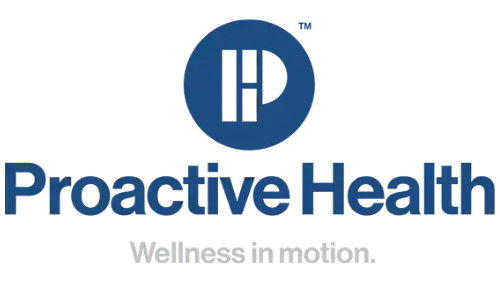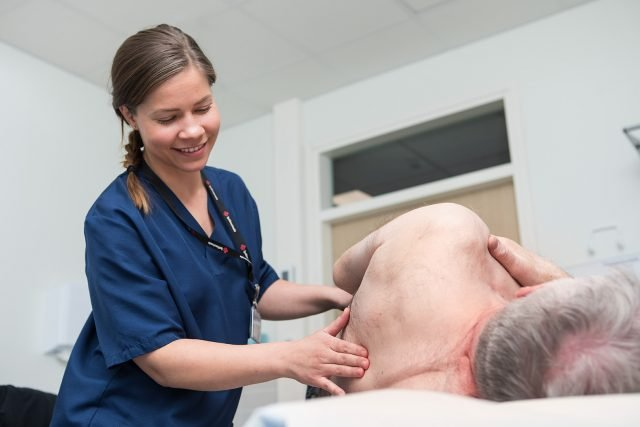Cystic Fibrosis Treatment: A Focus in Conditions Treated by Respiratory Physiotherapy
Overview of Cystic Fibrosis and Its Impact
What is Cystic Fibrosis?
Definition and Genetic Causes
Cystic fibrosis is a genetic disorder primarily affecting the lungs and digestive system due to a malfunction in the CFTR gene. This defect leads to the production of thick and sticky mucus, which can cause severe respiratory and digestive problems. Early diagnosis through genetic testing is crucial for managing the condition effectively.
Common Symptoms and Diagnosis
Symptoms of cystic fibrosis include persistent coughing, frequent lung infections, and difficulty breathing. Diagnosis is typically confirmed through a sweat test and genetic testing, emphasizing the importance of early and accurate detection to manage the disease.
Importance of Physiotherapy in Cystic Fibrosis
Overview of Respiratory Complications
Cystic fibrosis leads to serious respiratory complications due to mucus build-up in the lungs, which fosters harmful bacteria growth and chronic infections. This highlights the need for regular respiratory care.
Role of Physiotherapy in Managing Symptoms
Physiotherapy plays a pivotal role in managing cystic fibrosis by improving lung function and airway clearance. Techniques such as chest physiotherapy, breathing exercises, and strength training are integral to patient care. Explore more about these techniques at Physiotherapy.
Physiotherapy Approaches for Cystic Fibrosis
Airway Clearance Techniques
Manual Chest Physiotherapy
This traditional technique involves physical manipulation of the chest to loosen and remove mucus from the lungs, facilitating easier breathing and reducing the risk of infection.
Positive Expiratory Pressure (PEP) Therapy
PEP therapy uses a device to create pressure in the lungs and keep the airways open. This method is effective in enhancing mucus clearance and improving lung capacity.
High-Frequency Chest Wall Oscillation
This modern technique utilizes a special vest that vibrates at high frequency to loosen mucus, allowing for better clearance and respiratory function.
Respiratory Exercises
Breathing Techniques
Specific breathing techniques, such as diaphragmatic breathing, help strengthen the lungs and improve oxygenation, crucial for cystic fibrosis patients.
Strengthening Respiratory Muscles
Exercises designed to strengthen the muscles involved in breathing can significantly benefit cystic fibrosis patients by enhancing their respiratory efficiency and endurance.
Advanced Treatment and Equipment
Innovations in Respiratory Therapy
Latest Devices for Airway Clearance
Innovative devices like oscillating vests and handheld flutter devices are revolutionizing airway clearance in cystic fibrosis, offering patients non-invasive options to improve their condition.
Use of Nebulizers and Inhalers
Nebulizers and inhalers are critical in delivering medications directly to the lungs, helping to manage symptoms and prevent complications.
Integrative Care Approach
Combining Physical and Inhalation Therapy
Integrating physical therapies with inhalation treatments provides a comprehensive approach to managing cystic fibrosis, enhancing the effectiveness of both treatment modalities.
Collaboration with Other Healthcare Professionals
A collaborative approach involving kinesiologists and other specialists is essential for providing holistic care and optimizing health outcomes for cystic fibrosis patients.
Living with Cystic Fibrosis: Patient and Caregiver Perspectives
Daily Management and Lifestyle Adjustments
Importance of Routine Physiotherapy
Regular physiotherapy sessions are vital for maintaining lung function and managing symptoms effectively in cystic fibrosis.
Dietary Considerations and Exercise
Nutritional support and tailored exercise programs, such as those offered by Kinesiology services, are critical for overall health and well-being in cystic fibrosis management.
Support Systems and Community Resources
Support Groups and Online Resources
Support groups and dedicated online resources can provide invaluable support and information for patients and caregivers, fostering a community of care and empowerment.
Patient Education and Empowerment
Educating patients and their families about cystic fibrosis is crucial for empowerment and effective disease management, highlighting the role of Registered Massage Therapy and other supportive therapies in enhancing quality of life.
Frequently Asked Questions (FAQ)
How does physiotherapy help cystic fibrosis?
Physiotherapy helps by improving respiratory function and facilitating mucus clearance, critical in managing cystic fibrosis effectively.
How can a respiratory therapist help someone with cystic fibrosis?
Respiratory therapists play a key role in teaching airway clearance techniques and monitoring respiratory health, ensuring optimal care.
Is chest physiotherapy contraindicated in cystic fibrosis?
While generally beneficial, chest physiotherapy must be tailored to individual patient needs and conditions, making professional assessment vital.
What is airway clearance physiotherapy for cystic fibrosis?
Airway clearance physiotherapy involves various techniques designed to clear mucus from the lungs, crucial for maintaining lung health in cystic fibrosis patients.
What is the best airway clearance technique in cystic fibrosis?
The best technique varies by individual, but may include manual chest physiotherapy, PEP devices, or high-frequency chest wall oscillation, depending on the patient’s specific needs.
Why is airway clearance important in cystic fibrosis?
Effective airway clearance reduces the risk of infections and improves lung function, which is essential for managing cystic fibrosis.
For personalized care and the latest in diagnostic tools in physiotherapy, consider booking an appointment with Proactive Health. Our comprehensive services include Physiotherapy, Registered Massage Therapy, Kinesiology, Fascial Stretch Therapy, Active Rehab, and Bodyworker sessions.



